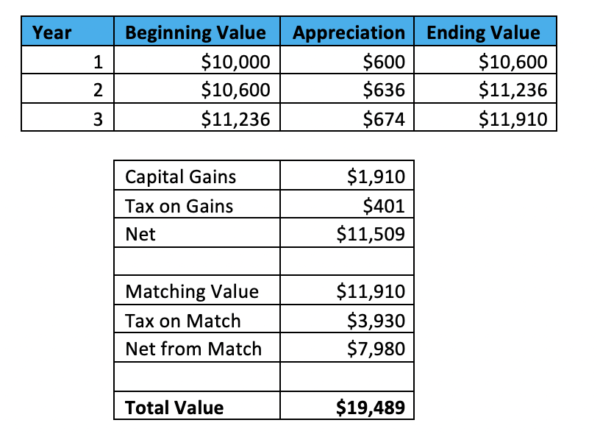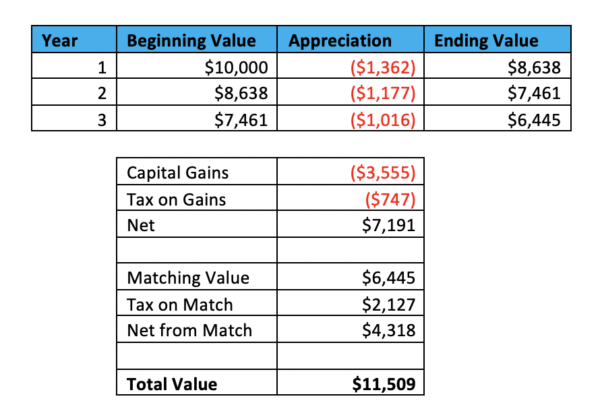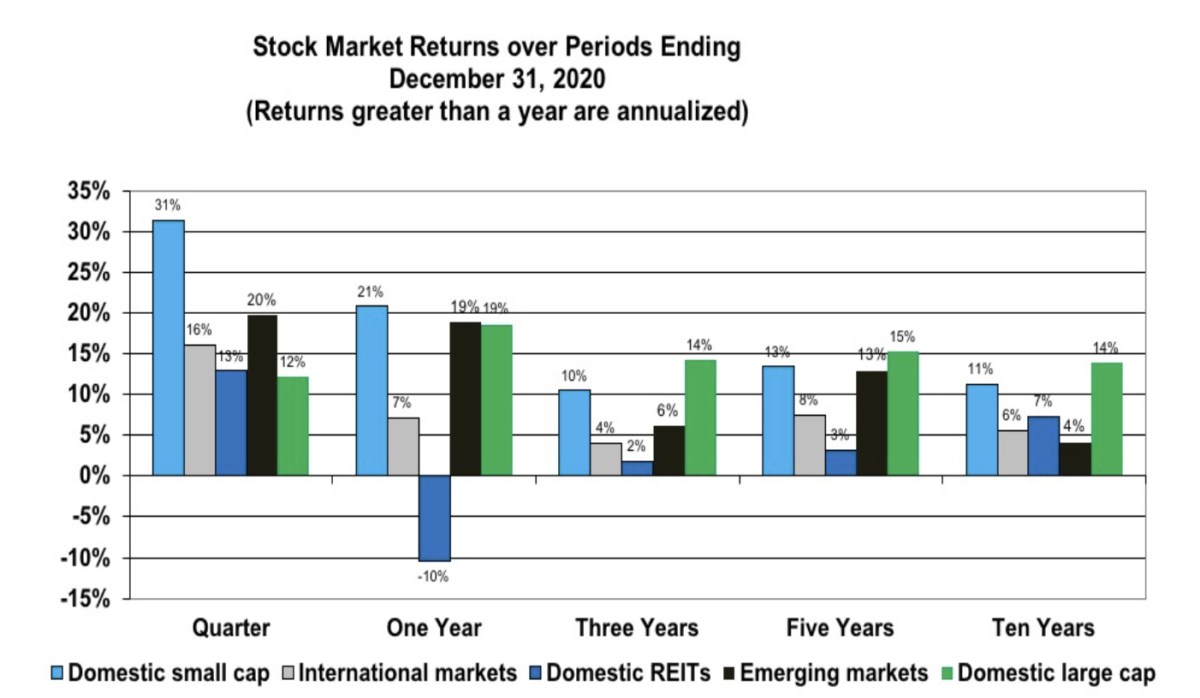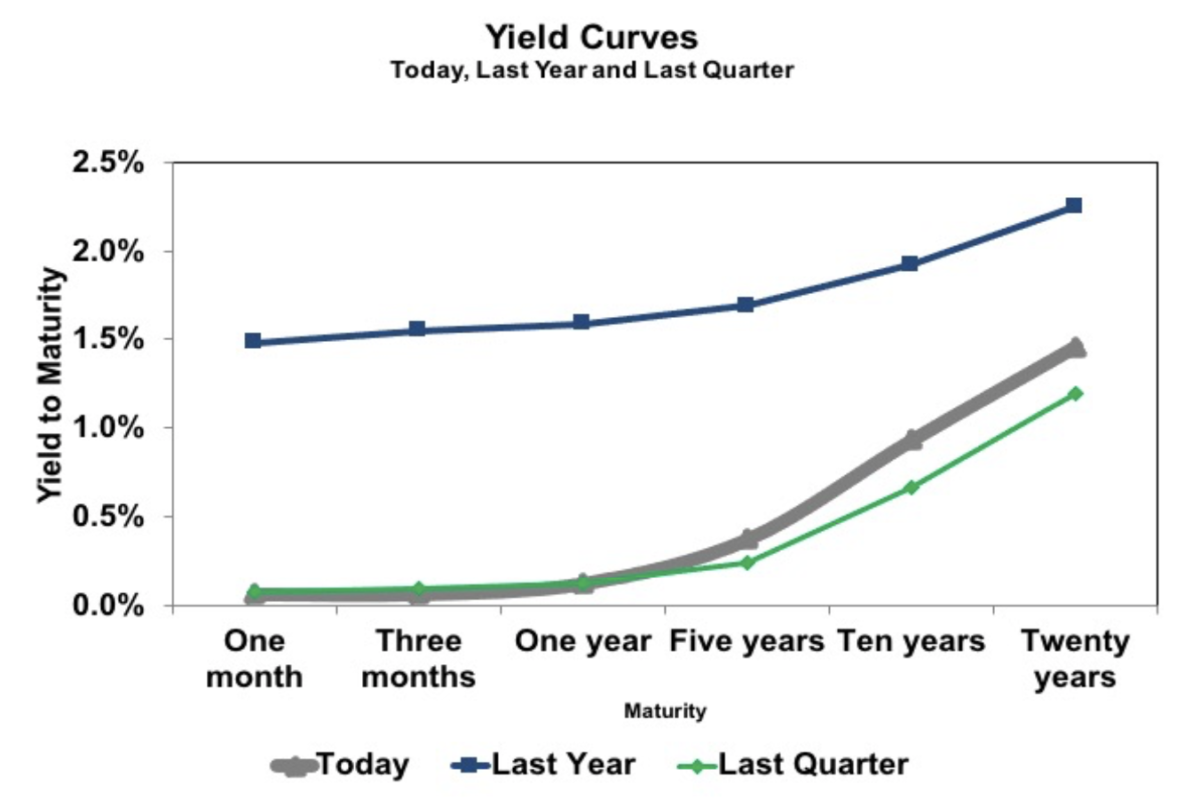GameStop has been in the news in the last week as the share price jumped from $35 to $350, and is up from an April intraday low of $2.57. There are lots of things going on with this but the one getting the most attention is the “short squeeze.” We’re going to describe what a short is, what a short squeeze is, and how it’s playing out with GameStop.
A short is a bet on a stock decreasing in value. In an effort to improve market efficiency and for some to hedge risk, the SEC allows certain individuals to sell a share of a stock that they don’t really own. For example, say investor A owns $100,000 of Apple, and they plan to hold it for at least a year. Meanwhile, speculator B thinks Apple is overvalued and will go down over the next year. A & B can enter an agreement where B borrows the shares A owns with the promise to give those shares back in one year, plus $1,000 for providing the shares.
Investor A likes this because they will end up with the same long position and they make $1,000. B likes it because B can now sell those shares in the market. Because B has temporarily borrowed these shares and has locked in a value to give them back, they don’t really have exposure to Apple. When B sells the Apple shares on the open market, they now own negative Apple, which is called “being short.” Because B must give A back the shares in a year, B is betting that Apple will go down in value allowing them to buy Apple back at a lower price a year from now.
In our example, if Apple’s price drops in half, B can buy back the Apple position for $50,000. B received $100,000 for selling the borrowed Apple at the start of the year so B nets $49,000. However, if Apple goes up 50% and B has to buy the shares back in a year it will cost B $150,000, for a loss of $51,000.
Shorting a stock is risky for two reasons. Stocks, in theory, have no maximum share price, so there is no limit to the amount of loss one can incur from shorting a stock. The other reason is that stocks as a whole have always gone up over time. The efficient market theory would say engaging in a short position has a negative expected return.
A Short Squeeze is when speculators who have shorted a stock are forced to “cover” their short by buying back the stock. This can lead to a snowballing effect where buying fuels more buying, driving the price of the stock higher. For example, a speculator who is renewing a short on a daily basis may suddenly have the lender decide they don’t want to lend anymore and asks for the share back. Alternatively, the lender of the stock may require the speculator to post margin based on how much the position has moved against the speculator. At some point, if it’s moved so much that the speculator no longer has the cash margin, the speculator will be forced out of the position. Either way, the speculator must buy shares, driving the price up.
There is another phenomenon, called a gamma trap, that is sparked by a different type of speculator who likes the stock. If that speculator buys a call option on the stock, the wall-street trading desk that wrote the option may hedge their position by buying the stock in the open market. If enough speculators are buying calls, that will drive the price higher, which in turn fuels more hedging by the options desk (people describe this in terms of delta and gamma). This is a way for a speculator to magnify the effect their dollars have on the price of a stock. This coupled with the short squeeze can create a cycle of buying that becomes self-fulfilling.
GameStop has become an incredible case study in short squeezes. 10 years ago, GameStop had about $9.5 billion in revenue and was making $400 million a year. Today, GameStop has $6 billion in revenue and is losing about $400 million a year. The book value of equity has shrunk from $3 billion to $600 million. As COVID-19 reduces retail foot traffic and more video games are downloaded directly from the publisher or from companies like Steam and Origin, you can understand how some would speculate the company’s stock will decline.
As a result, many hedge funds and other “Wall Streeters” have shorted GameStop. In fact, so many have shorted the company that the number of shares shorted exceeded the total number of shares available for trading (yes that is possible). This had been effective and lucrative as GameStop’s share price steadily declined from $30 in 2016 to about $4 for most of 2020 (at $4, GameStop has a market capitalization of $280 million).
However, a new board member and an internet forum have shifted the sentiment. What started as a fundamental case for a higher valuation turned into an internet movement to beat Wall Street at their own game. At this moment it looks like the internet trolls are winning. Those who bought GameStop last Friday have seen the share price move from $50 to $350 as of today’s close ($24.5 billion valuation). Meanwhile, short sellers have either taken an enormous mark to market loss or locked in an enormous loss as they’ve exited their position.
The Wall Street Journal reported that hedge fund Melvin Capital is down 30% this year due to shorting companies like GameStop. With $13 billion in assets, that amounts to a loss of nearly $4 billion for the speculators who outsourced their speculating to Melvin.
Where we head from here is anyone’s guess. The $350/share at today’s close could be a stop on its way to $1,000+, it may also be the all-time high. At some point in the future, emoji-filled internet commenting will return to normal, short selling will stabilize, and GameStop’s share price will return to the present value of expected future profits. $25 billion seems high for a company struggling to break even with $6 billion in revenue and no expected revenue growth, but turn arounds do happen and the press around the stock may help drive sales. It will be up to management to try and make that boost permanent rather than temporary, which will be a difficult task.
I see a few glaring takeaways. First, this isn’t investing, it’s playing a game. Providing capital so a company can produce a good or service and generate wealth for society provides an expected return for an investor. Shorting a company, or trying to squeeze a short, or buying options, does not generate wealth and does not come with an expected return. As every trade has a bid/ask spread, you must win a little more than half the time just to break even and the sum of all players is negative.
It’s also a reminder of why paying a lot for active management is a bad idea. While those who gave their money to Melvin are down 30% in 2021, the owners of Melvin are up 0.16% this month because they charge a 2% management fee. Paying 2 & 20, or even 1% for active management is unlikely to benefit you. Remember, the average of all investors, not including management fees, is the market average. Math dictates the majority of active management must underperform a low-cost fund after taking into account the fees they charge.
Lastly, if you want to buy an individual stock (which Rockbridge doesn’t recommend), do so because you plan to hold it for many years. Buying a company now because you think you think it will make you rich later today or next week is not a prudent way to manage your money.
As others speculate on things they can’t control like the price of GameStop’s stock, instead focus on things you can. Are you taking full advantage of your 401(k) or Roth IRA this year? What about a 529? Do you have enough term life insurance? Do you have any 1099 income that can be saved in a self-employed retirement account? Do you feel comfortable with your Social Security claiming and portfolio distribution strategies in retirement? Reach out to your Rockbridge advisor so we can make sure you’re on the right path in these areas and don’t worry about GameStop, which has fallen 31% to $240 as I type this…






